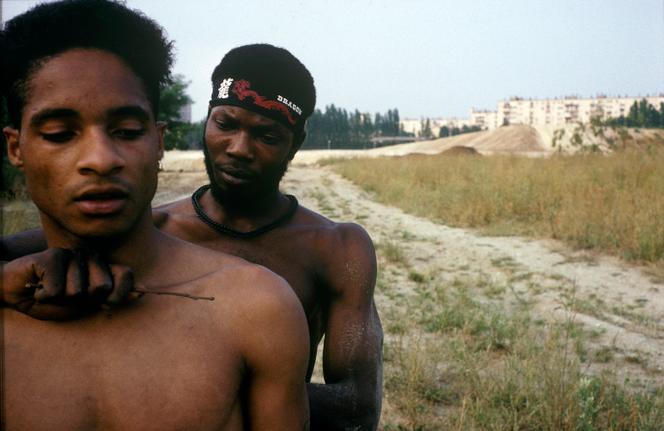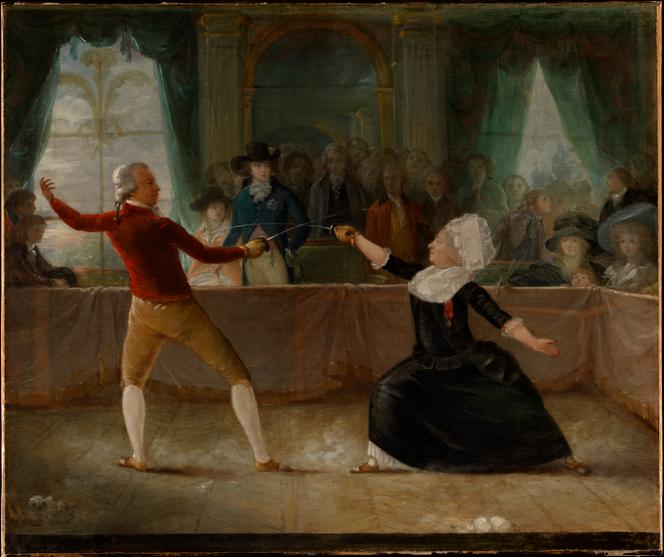


Unlike a fight, which is unpredictable and accidental, a duel is framed, arranged according to a set of rules and even staged. The Musée de l'Armée is devoting an exhibition to this ritualized practice that has spanned the ages, a thematic tour illustrated by 213 items (weapons, paintings, written and audiovisual archives, costumes, etc.), half of which come from the museum's own collections.
Defend your city, clear your honor, claim justice, develop your physical strength, train to join the army: The "Duels, the Art of Combat" exhibition explores the many functions of dueling in society. Although forbidden in France today, dueling was practiced here for a very long time. Under François I, edicts multiplied restricting the practice, as dueling sometimes led to the death of one of the combatants. In 1679, Louis XIV promulgated "the King's edict, relating to the general regulation of duels," which can be found in an archive of the police prefecture. In spite of this, duels continued to be organized discreetly, as illustrated by an 1870 painting by Henri Anatole de Beaulieu, in which duellists fight with swords at dawn in a deserted spot on the Brittany coast.
From the end of the 19th century onwards, the duel was aimed at defending a reputation, an opinion or a political commitment in addition to one's honor. Two playwrights, Edouard Bourdet and Henry Bernstein, clashed on May 19, 1938. An official record documents this moment, specifying the conditions of the encounter – the duel took place with regulation swords, in soft shirts, on a 40-meter plot–- as well as detailing the reasons for the discord: "Mr. Henry Bernstein deeming himself gravely offended by the terms of a letter from Mr. Edouard Bourdet published in the press on May 18, 1878."
Audiovisual archives recount more recent sword duels, held in the second half of the 20th century. Two MPs retired to a private estate in Neuilly-sur-Seine (department of Hauts-de-Seine to the west of Paris) to duel in 1958. The same year, the dancer Serge Lifar and the Marquis de Cuevas faced off in a mill in the department of Yvelines in the presence, notably, of the eye patch-wearing MP Jean-Marie Le Pen and the amused press. The marquis's forearm was hit. Blood flowed, signaling the end of the skirmish.

The exhibition shows that dueling knows no borders. A wrestling bracelet from Mali, on loan from the Musée du Quai Branly in Paris, is displayed in a showcase. Bilakoros, young men, use these iron implements in combat. The aim is to grab their opponent and lacerate his back. An outlet for violence, this dueling culture is a rite of passage to adulthood. The scar is not a stigma, but a sign of social distinction. The custom echoes that of the Mensur, a sword fight fashionable in 19th century Germany. With their blades blunt, the combatants attacked each other with their faces uncovered. Drawings by German illustrator Christian Wilhelm Allers, dated 1902, depict the scarred faces of these men, who wore these wounds as a mark of prestige.
You have 31.96% of this article left to read. The rest is for subscribers only.
